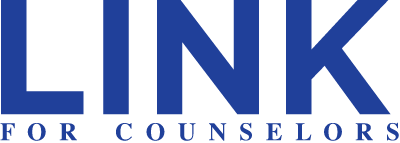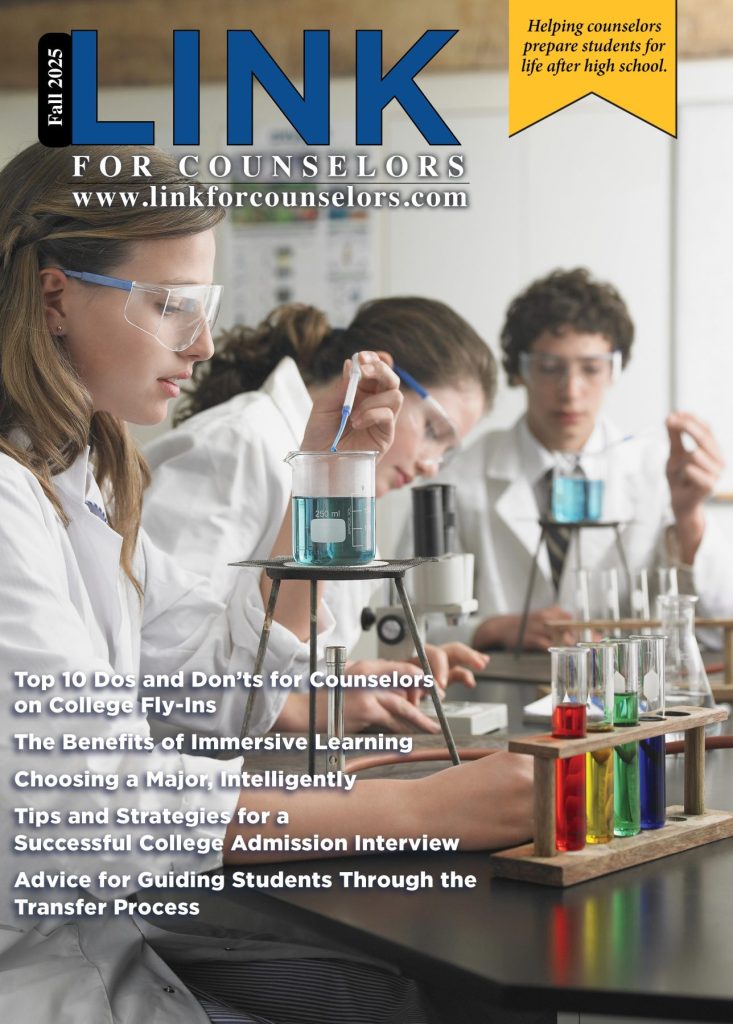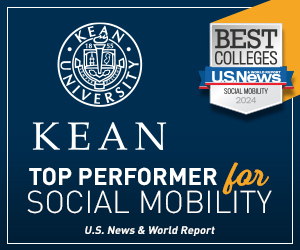Students in Philadelphia public schools say
they aren’t getting enough support to stay on track for college and
careers. Now they’re taking a stand to change that
Nayeli Perez knew she wanted to go to college — but she didn’t know
where to start. She didn’t know what sort of colleges might be likely to
offer her admission. She didn’t know how to find financial aid or how
much assistance she’d be eligible for. Nor did she understand how to
identify schools that would allow her to major in zoology and prepare
for her dream job as a veterinarian, but where she could also explore
her interests in political science and film.
Her mother, an immigrant from the Dominican Republic, had never been
to college and didn’t know how to help. And while Perez had a hunch
she’d be happiest at a small rural school, one that would take her far
away from city life, she felt clueless about where to look, given that
she’d only left Philadelphia a handful of times, to visit family in the
DR.
“I was really having a hard time with it, I was so behind in the process, and didn’t understand what my options were,” said Perez, now an 18-year-old senior at the Academy at Palumbo, a public magnet high school in central Philadelphia.
Getting one-on-one time with the counselors at her school didn’t feel
like an option. Palumbo has just two counselors for its 1,060 students.
Desperate for guidance, Perez enrolled in an elective college-prep
class designed to help kids with their college and financial aid
applications. But with a whole room of students seeking guidance, Perez
said she struggled to get her questions answered and continued to
flounder.
In Philadelphia and nationwide, many public high schools are scrambling to provide students with even basic information about college after years of belt tightening have drained them of counselors. Wealthy families have increasingly turned to private college consultants to help their children line up high school classes and extracurriculars, write admissions essays, prepare for the SAT and ACT and choose colleges that provide a good fit. But for most students, support is scant: counselors are overwhelmed, college guidance often doesn’t begin until late in junior year, and financial aid advice tends to be so minimal that many students fail to fill out routine paperwork like the Free Application for Federal Student Aid. Without the proper guidance to help them make a good college match, only 6 out of 10 students complete college within six years of enrolling, an urgent problem exacerbated by student debt that has ballooned to $1.5 trillion in 2019.
And in Philadelphia, the poorest big city in America where almost 40 percent of children live below the federal poverty line,
educators and students say college planning often takes a back seat to
helping young people persevere through high school and cope with
anxiety, trauma and other mental health needs.
“There’s just not a level of support staffing to help kids, not just with their personal needs, but with the basic processing of paperwork for potential opportunities, jobs, college, career and technical schools,” said Harold Jordan, senior policy advocate for the American Civil Liberties Union of Pennsylvania which, along with the national ACLU, is asking school boards, principals and government leaders to boost school mental health resources, rather than adding more law enforcement in schools.
To critics like Jordan, Philadelphia’s approach epitomizes the low priority school systems place on counseling. Six years ago, amid a severe budget crisis, the Philadelphia School District laid off all its counselors, along with thousands of teachers and other support staff. Most were eventually rehired; as of this school year, the district employs 322 counselors to serve its 126,994 students. That’s a ratio of 394 students per counselor, on par with the national average but significantly higher than the 250:1 ratio recommended by the American School Counselor Association. Many counselors working in Philadelphia public schools have much larger caseloads, however, and caseload distribution is uneven: The district funds just one school counselor per 949 students and caps the number of counselors per school at five. But schools with many college-bound kids and more affluent parents sometimes use discretionary money to hire additional counselors. In contrast, schools with the greatest needs — those in high-poverty, high-crime areas with low levels of parental engagement and high levels of student trauma and other mental health needs — are often the ones that receive the least help, said Jordan.
At the same time that the district is failing to provide enough funding for school counseling to keep up with the needs of students at many schools, it is paying for additional school security, such as a recently approved a measure to require metal detectors and X-ray machines in every high school. District-wide, 340 police officers work in Philadelphia schools, eclipsing the number of counselors. For many students, this emphasis on law enforcement rankles, and they are starting to push back. The Philadelphia Student Union, a student-led group, is demanding that the district remove police from schools and increase investment in support services like counselors.
“In most of our schools, when there’s a problem, we don’t get sent to
the counselor,” said Charles Mitchell, 16, a sophomore at The Workshop
School, a high-poverty magnet school in West Philadelphia, and a member
of the Philadelphia Student Union. “Instead, a police officer comes to
get you.”
Megan Lello, a school district spokesperson, said her agency recognizes the importance of school counseling: Since 2015, the district has added 85 counselors and just one police officer, she said. The district is also providing training in cultural sensitivity to police officers in schools; she added it is up to principals to decide whether to use their discretionary funds to hire counselors beyond those provided via the district’s funding formula. “We believe that all students should have access to counselors and related supports,” Lello wrote in an email.
At Northeast High School, a large comprehensive public school with 3,400 students where just half of students meet proficiency levels in math and English Language Arts, counselor Andrew Dunakin has a caseload of 800 students. He’s forced to be as creative as possible with his time: He asks teachers to alert him to students who need support, he is constantly running data reports to flag kids with falling grades and accumulating school absences. And in the first few months of the school year, he tries to slip into the speaking lineup at three or four weekly all-grade assemblies so he can quickly reach as many kids as possible with information on how to decipher financial aid packages and prod students to fill out the Free Application for Federal Student Aid.
n spite of these efforts, Dunakin’s caseload is so large that the basics of effective school counseling
— getting to know individual students, helping them develop academic
goals, providing individual and small group counseling to address
social-emotional needs, for example — fall by the wayside, he said.
“There’s so much less hand-holding at our school,” said Dunakin, who is
the lead counselor on a team of five counselors at Northeast. “The way
it’s structured right now, with the number of counselors we have now at
the school, there’s just no way you can meet all the needs.”
Complicating his work is the fact that the majority of Northeast
parents have not attended college — Dunakin estimates approximately 40
percent of the school’s students have parents who are college graduates.
Many are immigrants; he said some 40 languages are spoken at the
school. Because so many parents did not go to college, they aren’t able
to advise their children about viable college and career options,
leaving counselors to fill that gap.
Dunakin said this lack of support contributes to the high dropout
rate among those who do make it to college. Last school year, just 49
percent of male Northeast graduates and 62 percent of female graduates
remained at the four-year colleges they enrolled in after graduation.
Among Northeast graduates attending two-year programs, the persistence
rates dropped to about 25 percent. Without adequate guidance, students
often end up at schools that are a poor match in terms of academics and
culture; they also overlook scholarships, miss financial aid deadlines
and inadvertently take on outsize debt by crossing off their lists
colleges that have high price tags but are more likely to offer
financial assistance.
Northeast counselors use RepVisit, a website that connects college
admissions representatives with high schools, to set up weekend college
fairs where students can sign up for visits with the admissions reps.
This is a big time-saver for Dunakin and his colleagues who, each year,
do their best to coordinate five or six bus trips to local schools like
Penn State and the Community College of Philadelphia.
“If we could have more resources to be able to impart more of the
important information to students,” Dunakin said, “we’d have more people
staying in college and getting the education they need.”
And college and career planning is just one part of his job. In recent years, Dunakin said, he’s seen more and more students struggling to cope with bullying, manage their social media use in healthy ways and contend with anxiety, low self-esteem and depression. “We know a lot more nowadays about mental health, about the long-term impact of bullying, for example,” he said. “We try really hard to make sure we’re doing as much as we can to help kids deal with these types of things.”
A half-hour drive from Dunakin’s school, in the Spring Garden section
of Philadelphia, the Julia Reynolds Masterman Laboratory and
Demonstration School enrolls roughly 1,200 students in grades 5 through
12. Known to locals as Masterman, it is a top-tier magnet school that
draws high-achieving students from across the city. Three counselors
divvy up the students into caseloads of 400 each. Under the district’s
funding formula, Masterman is only allocated two counselors, but five
years ago, noting how tough it was for two counselors to address the
many disparate needs of both middle and high school students, the school
principal decided to use discretionary funds to hire a third. It’s a
decision the principal at Dunakin’s school just came to as well: Next
year, Dunakin said, his school intends to hire a sixth counselor.
At Masterman, counselor Heather Marcus’ caseload, while large, at least allows her time to give each student personal attention in researching and applying to colleges. She meets individually with the students assigned to her during their junior year to help them plan for taking the SAT, discuss course choices, map out colleges they’d like to attend and explore summer programs. Then, each fall, she spends about half an hour interviewing each senior and reviewing resumes so she can write a detailed letter of recommendation for each college application.
The school holds a college information night for juniors and runs a
program in which seniors help guide juniors through the application
process. There’s a financial aid night for students, and there are
seminars where teachers counsel students on college essay writing and
make sure that each student has a Common Application account — which
allows students to apply to more than 800 colleges with a single online
application — before leaving for the summer. This year, because parents
requested it, Masterman counselors organized a mental health night at
which three therapists discussed topics like managing stress and
provided tips to help parents monitor kids’ social media use.
While her caseload isn’t quite as hefty as that of some of her peers
at other city schools, Marcus said she often feels defeated.* “There are
so many kids’ needs that aren’t being met,” she said. “Sometimes, I’m
just putting out fires.”
For Perez, the 18-year-old senior at the Academy of Palumbo, the
college process only began to make sense after her English teacher,
working with her on an unrelated project, asked how her applications
were going. “I just said: ‘I don’t know what I’m doing,’” she recalled.
“At that point, I was fixated on UC Davis [School of Veterinary
Medicine]. Beyond that, I didn’t know where else to look.” After several
conversations, Perez said her teacher helped her expand her list to
schools that were a better match with her academic interests, financial
needs and, importantly, that would provide an environment in which she
could feel comfortable and happy. “He also made the brilliant point that
UC Davis is a state school where I’d be paying out-of-state tuition,
and it would be very expensive to move there,” said Perez.
In March, she received acceptance letters from two small liberal arts
colleges less than an hour’s drive from her hometown: Goucher College
in Maryland, and Drew University in New Jersey. Looking back, Perez said
the day her English teacher stepped in — when her overworked counselor
was unable to — was a game-changer. Later this spring, she plans to
visit Goucher and Drew to see which she prefers. “They’re both small,
beautiful campuses surrounded by nature,” said Perez, sounding joyful.
“Maybe I’ll spend the night when I visit, which will hopefully help me
make my decision.”
This story about school counseling was written by Sarah Gonser and produced by The Hechinger Report, a nonprofit, independent news organization focused on inequality and innovation in education. Sign up for the Hechinger newsletter.














